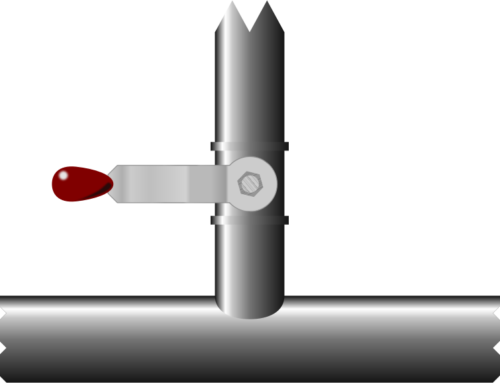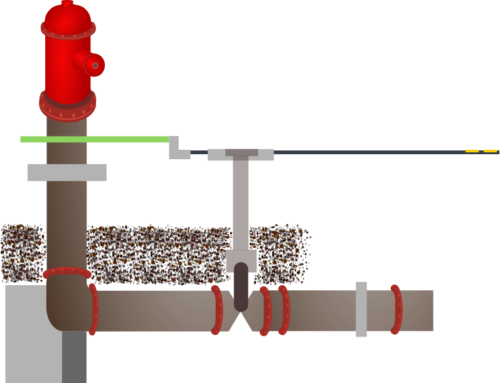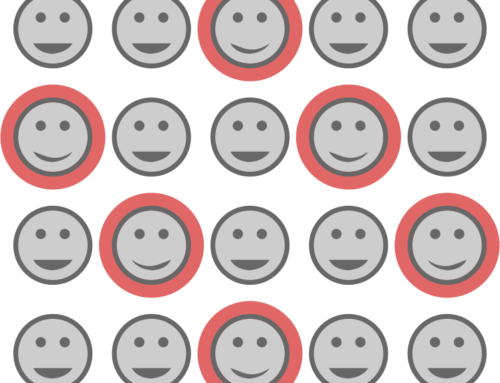 There are many things in life that follow paths of steady development towards certain goals. Learning to drive a car requires initial learning of the mechanical skills and then those skills are practised until the new driver passes a test. Going from ignorance to an acceptable level of skill follows a fairly standard process, and takes a predictable amount of time – more or less!
There are many things in life that follow paths of steady development towards certain goals. Learning to drive a car requires initial learning of the mechanical skills and then those skills are practised until the new driver passes a test. Going from ignorance to an acceptable level of skill follows a fairly standard process, and takes a predictable amount of time – more or less!
However, at times, the progress is interrupted and may even stop completely. Some people find this when they are trying to learn to reverse a car, and for some time their progress in learning to drive grinds to a halt. They find themselves turning the wheel the wrong way and every time they try and fail, it gets harder.
As a father, I have taught a few children to drive cars and seen this happen at times. For some, turning the wheel the correct way is quite natural. For others, it must be learned, and the learning can be a little traumatic.
The analysis required in data modelling is no different. Analysis is necessary: too little analysis gives an inadequate result; too much analysis is debilitating. For some, the level of analysis required is obvious. For most of us, we need some hints, guidance and practice.
Knowing the right level of analysis can be tricky, but planning makes all the difference in achieving goals. If you know in detail where you are, and where you want to be, the amount of analysis required follows naturally with just a little care. If you don’t know where you are going, paralysis by analysis is likely to catch you out.




Leave A Comment